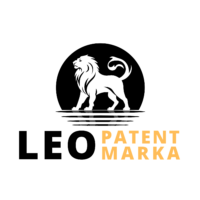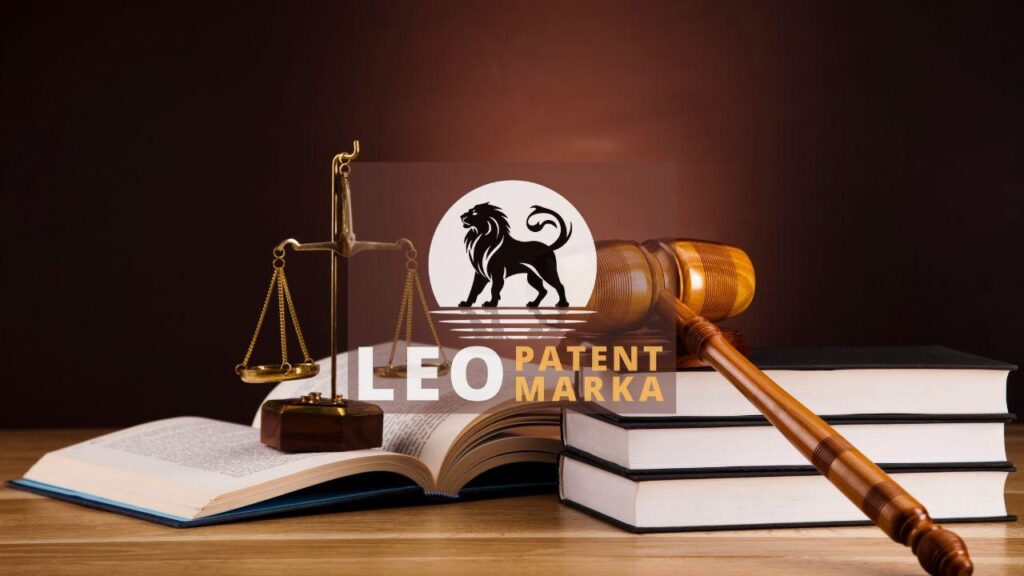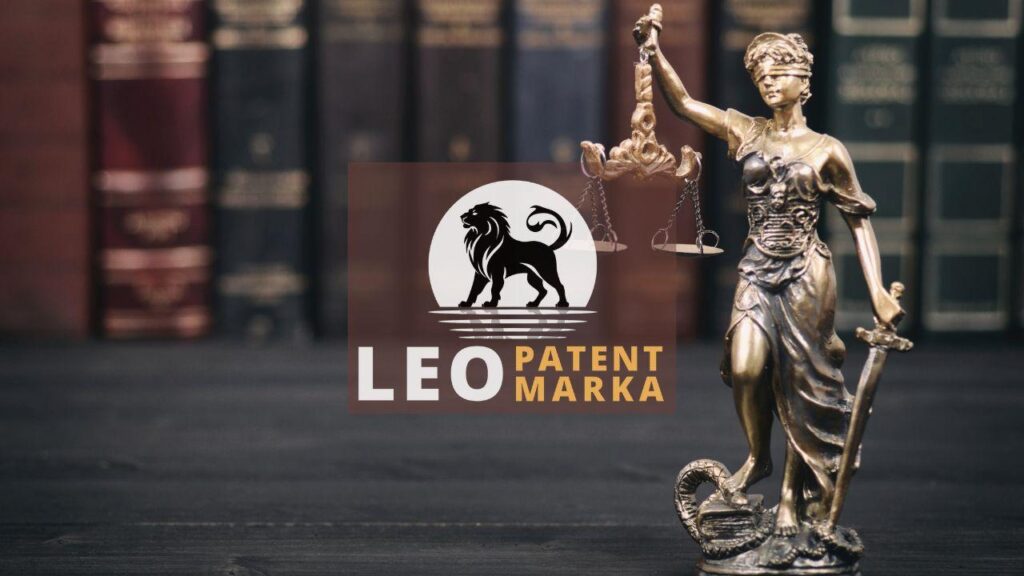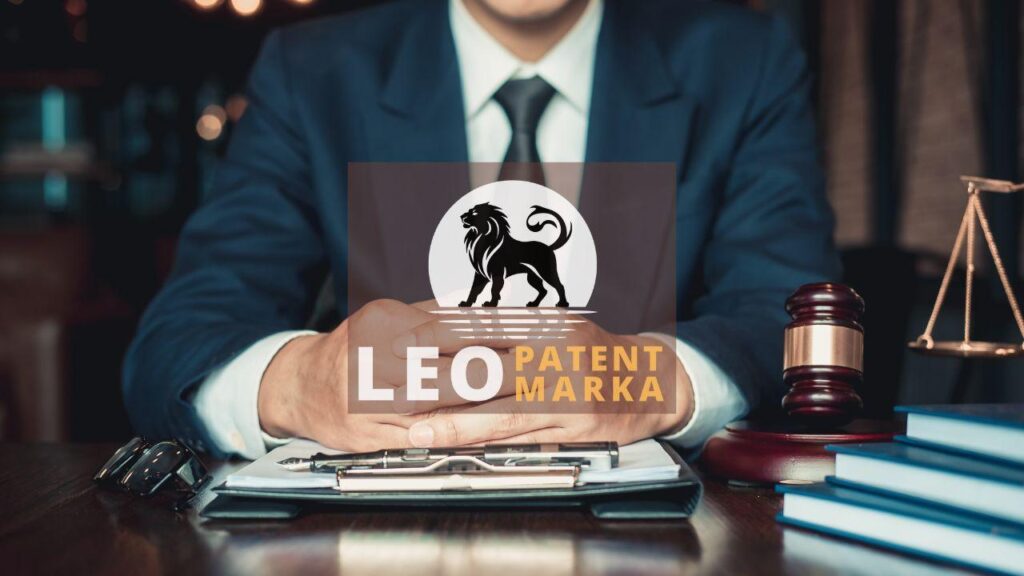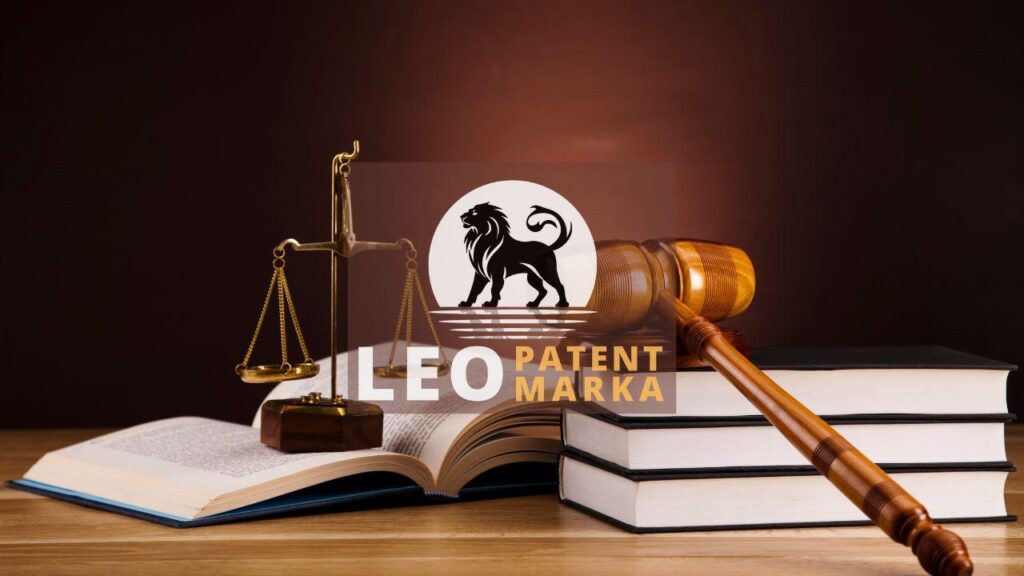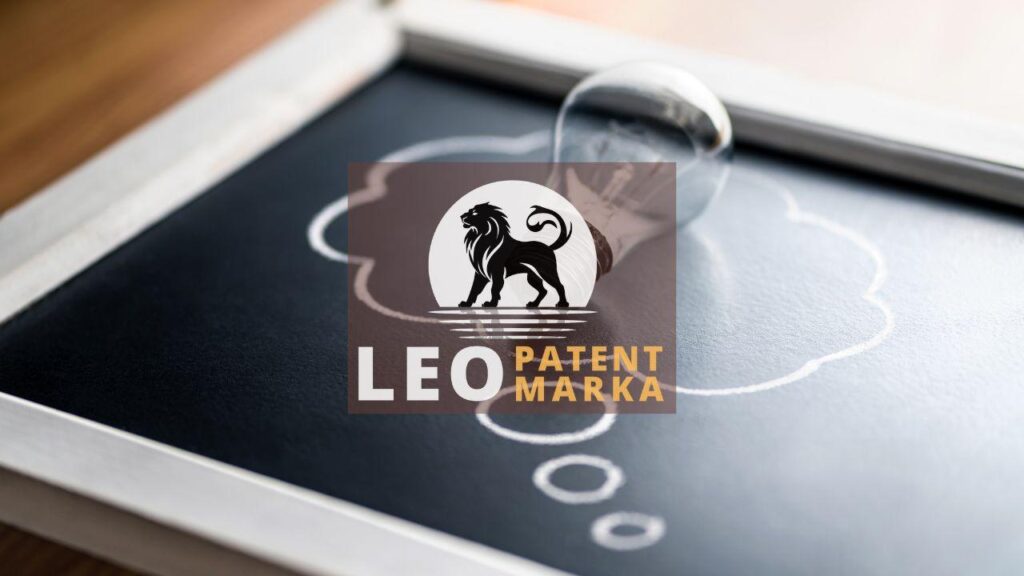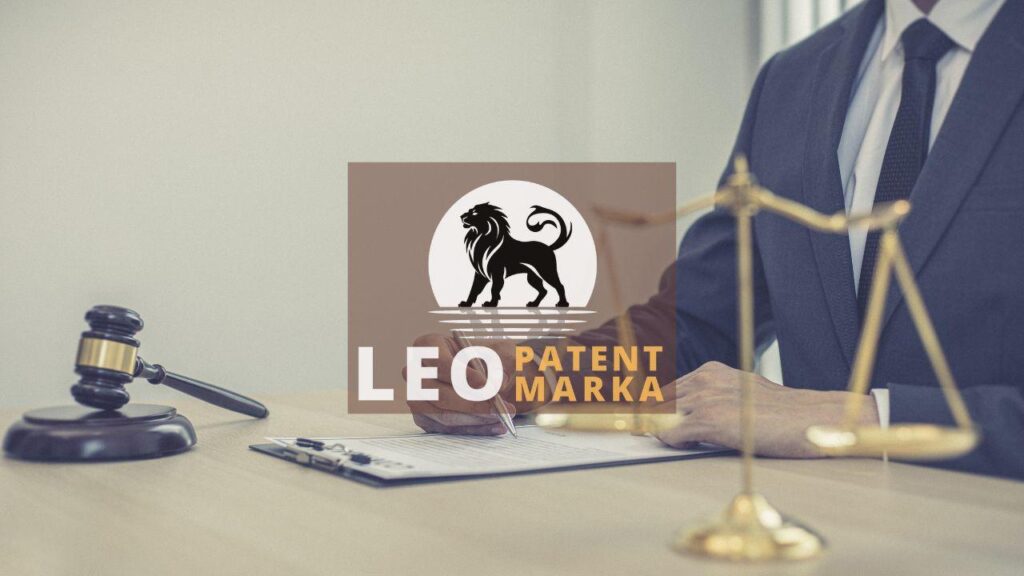In a rapidly evolving market where innovation and creativity drive competitive advantage, safeguarding your designs has never been more critical. At Leo Patent, we understand the unique challenges and opportunities that come with securing design protection in Turkey. Design protection strategies not only serve as a shield against infringement but also enhance your brand’s market position, providing an invaluable asset in the competitive landscape. This blog post will delve into robust strategies for protecting your designs, covering the essential legal frameworks, application procedures, and practical tips for ensuring comprehensive protection. Whether you are an emerging designer or an established enterprise, understanding these strategies is crucial for maintaining the exclusivity and integrity of your creative works in Turkey.
National Registration Procedures in Turkey
National registration procedures in Turkey begin with filing a design application at the Turkish Patent and Trademark Office (Turkpatent). This application should include a detailed representation of the design, an indication of the product to which the design is applied, and any priority claims if applicable. It is essential to meet all formal requirements meticulously to avoid delays or refusals. Once the application is submitted, it undergoes a formality examination to ensure it meets Turkpatent’s filing criteria. If the application passes this examination, the design is published in the Official Bulletin, opening a three-month opposition period where third parties can contest the registration. Upon successful completion of this phase without opposition or if any opposition is resolved in favor of the applicant, the design is registered and enjoys protection for up to 25 years, subject to renewal every five years.
A key strategy for bolstering the success of your design application is conducting a thorough prior art search before submission. By examining existing designs to ensure your creation is unique, you can avoid potential conflicts and legal challenges. This search can be conducted through the Turkpatent database, which contains a wealth of registered designs. Additionally, enlisting the assistance of intellectual property professionals, like the experts at Leo Patent, can provide comprehensive analysis and insights into the distinctiveness of your design, thereby mitigating risks of infringement claims. Ensuring your design meets the criteria of novelty and individual character not only increases the likelihood of a smooth registration process but also strengthens your position in the market by highlighting the originality of your product.
Beyond the initial registration, maintaining vigilance over your design rights is crucial for long-term protection. Regularly monitor the market for potential infringements and take swift action when unauthorized use is detected. Enforcement can be pursued through civil litigation, administrative actions, or even criminal proceedings in some cases. Building a robust portfolio of registered designs also offers strategic advantages in licensing negotiations and commercial partnerships. Leveraging expert guidance from Leo Patent ensures you remain proactive in safeguarding your design assets, keeping abreast of any legislative changes and emerging trends in the IP landscape. This proactive approach not only secures your designs but also fortifies your competitive edge in the dynamic Turkish market.
Enforcement of Design Rights in Turkish Courts
Enforcing your design rights in Turkish courts involves navigating a well-defined legal framework designed to protect intellectual property. Should an infringement occur, it is crucial to act swiftly by gathering solid evidence and filing a lawsuit in one of the specialized IP courts in Turkey. These courts have the expertise to handle complex design-related disputes, and their rulings can offer remedies such as injunctions, financial compensation, and the destruction of infringing products. Additionally, leveraging preliminary injunctions can prevent further damage to your market position during the litigation process. By understanding the enforcement mechanisms and working with experienced legal professionals like Leo Patent, you can effectively safeguard your design rights against infringers.
A pivotal aspect of enforcing design rights in Turkey is the role of expert witnesses and technical analyses in court proceedings. Expert opinion can significantly influence the court’s understanding of the nuances of a design, thereby strengthening your case. Both the plaintiff and defendant have the opportunity to present their own experts, making it essential to work with credible and highly knowledgeable professionals. At Leo Patent, we collaborate with top-tier experts to provide compelling evidence and technical insights that underscore the originality and distinctiveness of your design. Furthermore, maintaining meticulous documentation and records of your design creation process is indispensable for substantiating your claims and demonstrating ownership in court, thereby enhancing your chances of a favorable verdict.
Finally, post-judgment enforcement and border measures are crucial components in the effective protection and enforcement of design rights. After securing a favorable judgment, it is imperative to ensure that the court’s directives are adequately executed. This can involve liaising with enforcement officers to seize and destroy infringing goods or obtaining compensation from the infringer. Additionally, cooperating with customs authorities can serve as an effective deterrent against the importation of counterfeit products, leveraging mechanisms such as customs watch applications to intercept infringing goods at the border. At Leo Patent, we provide comprehensive support throughout these post-judgment and preventive measures, ensuring that your design rights are robustly enforced and perpetually protected against potential infringements.
Comparative Analysis of Design Laws in Turkey vs. Europe
When comparing design laws in Turkey and Europe, one must consider both the similarities and differences to navigate the legal landscape effectively. Turkey, being part of the International Design System under the Hague Agreement, aligns closely with European standards, enabling international protection through simplified procedures. However, specific national legislation, such as the Turkish Industrial Property Law No. 6769, provides localized nuances that can impact how designers approach protection. While the application process and substantive requirements, such as novelty and individual character, are largely consistent with the EU Community Design Regulation, understanding these subtle differences is key to leveraging the full spectrum of available protections. At Leo Patent, we guide you through these complexities, ensuring your designs receive optimal protection both domestically and across Europe.
One notable difference between Turkish and European design laws is the duration of protection. Under Turkish law, registered designs are protected for an initial period of five years from the date of filing, with the possibility of renewal for up to 25 years in total. In contrast, European Community Designs also offer a five-year initial protection period but allow for renewal up to a maximum of 25 years as well. Despite this similarity, procedural nuances such as renewal deadlines and documentation requirements can vary, necessitating careful compliance to avoid lapses in protection. Another key difference lies in the enforcement mechanisms; Turkey has its own specialized intellectual property courts, which can expedite legal proceedings for design infringement cases. By understanding these jurisdiction-specific details, we at Leo Patent ensure that you are well-prepared to defend your design rights both in Turkey and across Europe.
In addition to these procedural and enforcement differences, it’s also critical to understand the scope of protection offered under Turkish and European design laws. In Turkey, unregistered designs can benefit from protection, albeit for a much shorter term of three years from the date they were first made available to the public, similar to the Unregistered Community Design in the EU. This grants immediate but temporary protection, which can be crucial for rapidly evolving markets or industries where design lifecycle is brief. However, for both registered and unregistered designs, having a clear strategy for transitioning from unregistered to registered protection can amplify your defenses against infringement. At Leo Patent, we offer tailored strategies to manage this transition seamlessly, ensuring that your designs enjoy the fullest extent of legal protection available across both jurisdictions, thereby safeguarding your creative investments for the long run.
Disclaimer: This article is for general information purposes only and it is recommended that you consult experts and companies in that field to evaluate your specific situation. We are not responsible for any damage that may arise from the use of the information in this article.
